Explore 'for' and 'against' arguments for five different topics with this set of 'for' and 'against' sorting activities.
Arguments For and Against
This set of five for and against cut-and-paste worksheets is the perfect addition to your persuasive lesson planning. Students cut out the ‘for’ and ‘against’ statements and paste them into the correct column of the table provided.
Topics include:
- Fish Make the Best Pets
- All Children Should Play Weekend Sport
- Tablets Should Replace Paper and Pencils in the Classroom
- Listening to Audio Books is Better Than Reading Books
- Hover Boards Are Better Than Bikes.
‘For’ and ‘Against’ Activities for the Classroom
Teaching kids about for and against is an essential skill that helps develop critical thinking, empathy, and effective communication. It’s also great to introduce during a persuasive writing unit. Here are some age-appropriate activities you may like to incorporate into your classroom:
- Have a debate! Divide the class into two teams, ‘for’ and ‘against’. Assign them a topic to debate and provide time for research and preparation. You may even like to use the topics included in this resource as a starting point.
- Think-pair-share. Pose a thought-provoking question or statement related to a specific topic and have students think individually if they are for or against the statement and think of their reasons. Then, pair students up and have them discuss their viewpoints.
- Classroom polls. Choose a topic of interest and have students cast their votes on whether they are for or against the topic. This is a great morning activity to do every morning during class meetings.
Download and Add To Your Persuasive Writing Lessons Today!
Use the dropdown menu to choose between the PDF or editable Google Slide version of this resource. If you want a slightly different activity, pre-cut the arguments and laminate them and use them as a sorting activity.
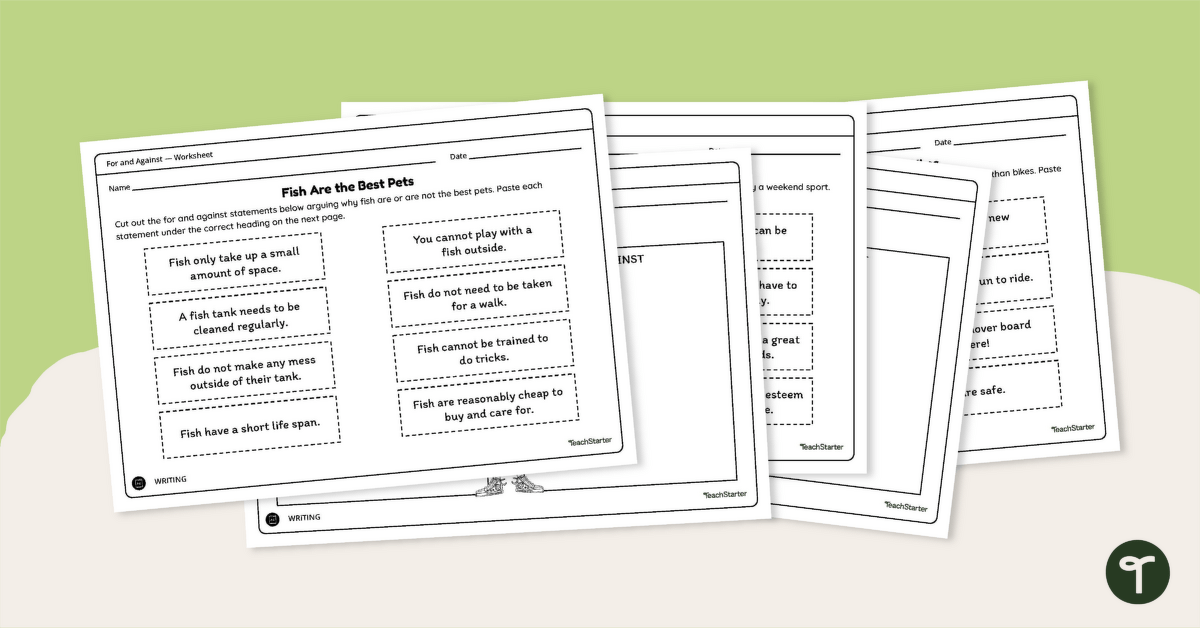

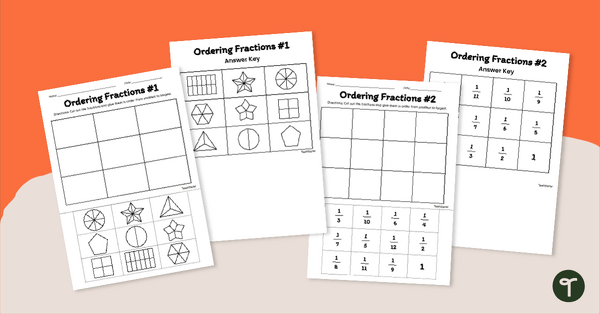
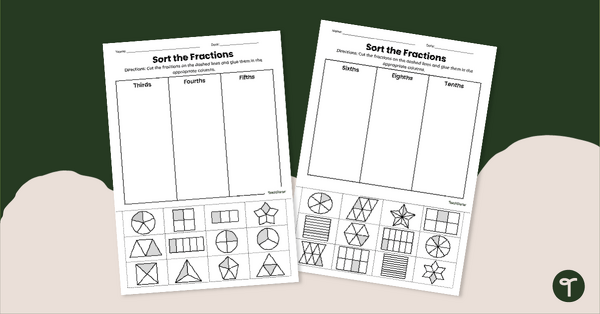
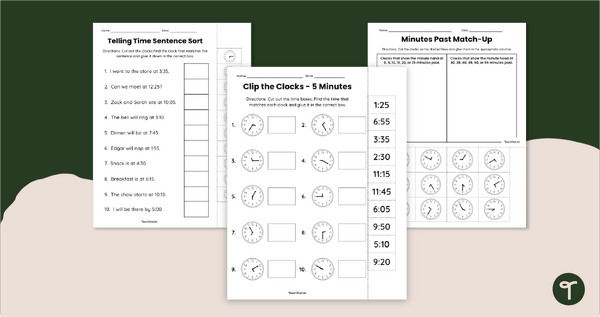
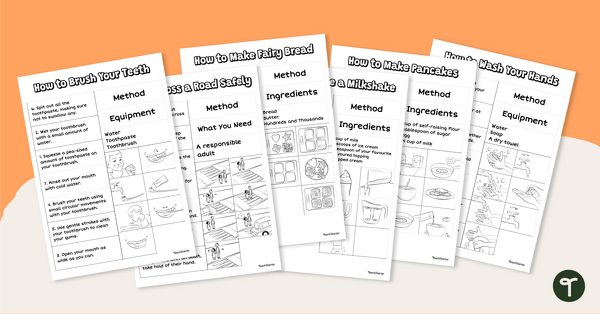

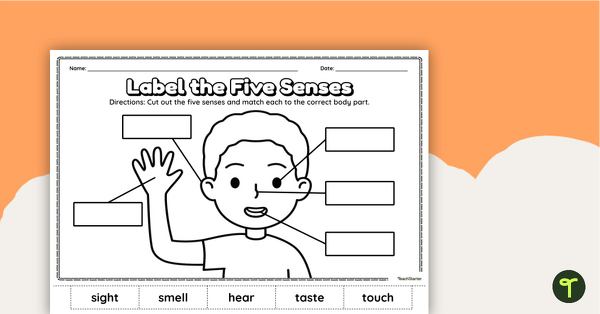
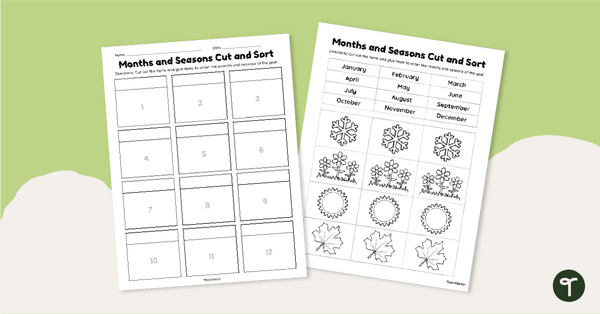
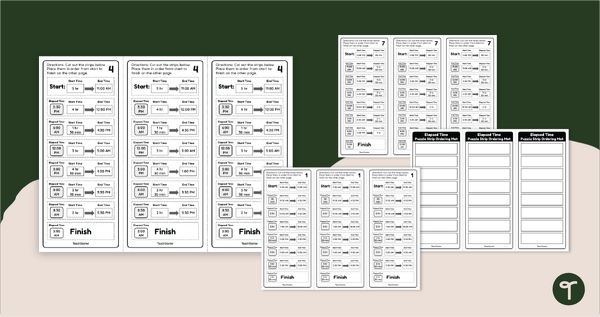
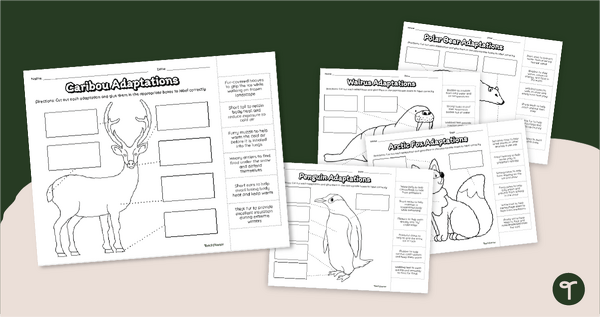
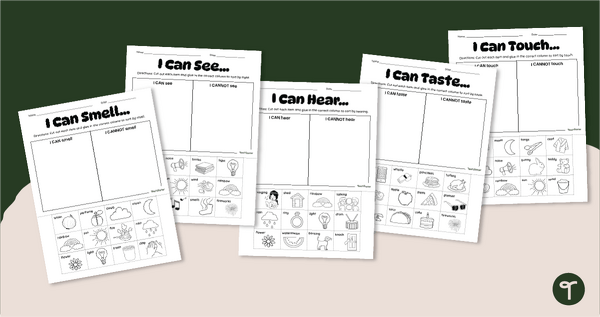
1 Comment
Write a review to help other teachers and parents like yourself. If you'd like to request a change to this resource, or report an error, select the corresponding tab above.
No comments yet.